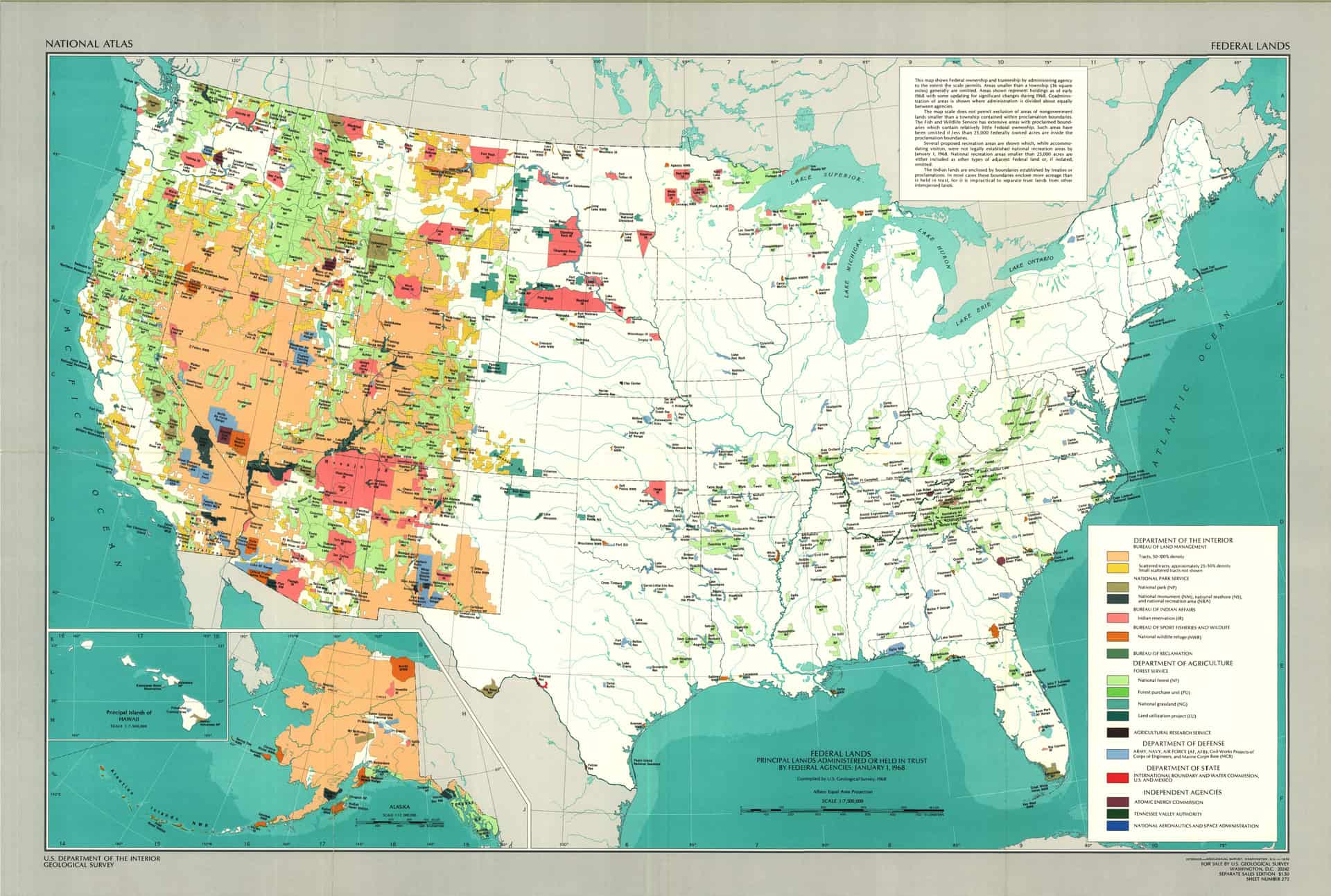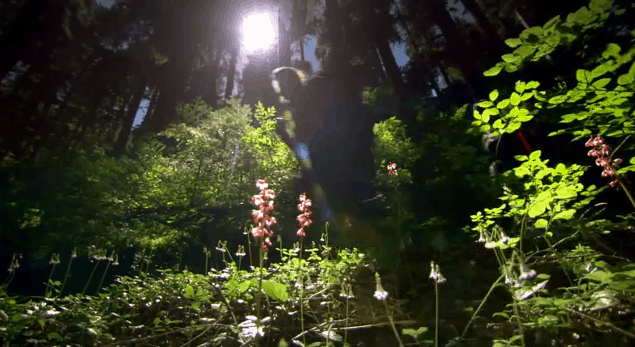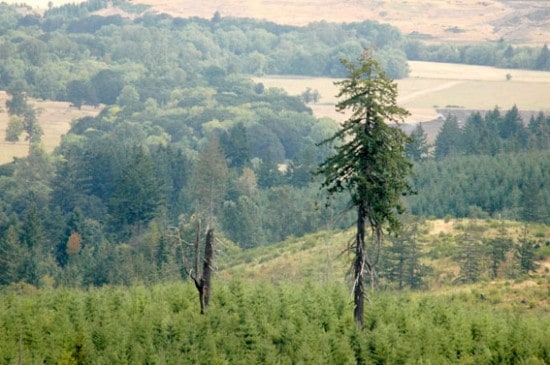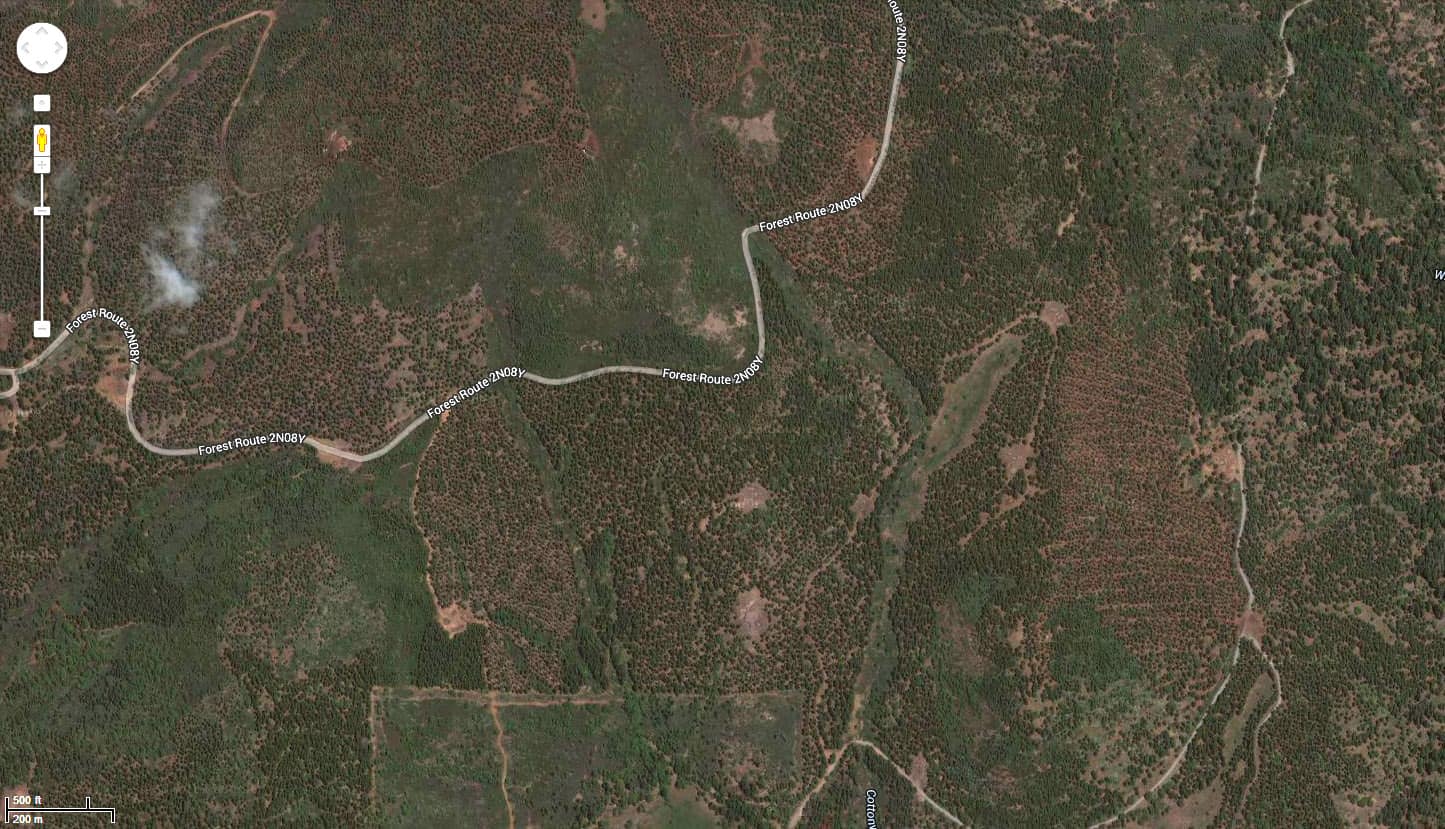So we have seen news articles that attribute wildfire problems to climate change, protecting timber by fire suppression, protecting people by fire suppression, and too many people now living in the WUI.
What I find interesting about this Colorado article is that its framing is a bit “just another problem we need to deal with directly. People like living where they live, but we need to figure this out together.” Not a lot of finger-pointing..
So I have two potential hypotheses for the differences in coverage. 1) “Distance leads to Narrative Drift”: the further you get from the site of the issue, the less people know about the details, and the more people write the story to fit into their own preferred narratives or 2) when wildfires are assigned to “environment” reporters, who call people on their rolodex who look at things through the lens of “the environment”..and that’s how you get “larger and hotter wildfires caused by a variety of people messin’ with Nature” and the related “wildfires are good for The Environment, it’s people who are the problem.” There is an inherent logical conflict there, though.. if people are messin’ with the environment such that they burn hotter and larger than “natural” then they aren’t “natural”, and we can’t expect that their effects would be the same as “ecosystems are adapted” to.
Which doesn’t leave a lot of things to do, except to “stop messin'” which in not a viable option with our current population distribution, and is maybe too late anyway to help in the next 30 years or so.
Anyway, here’s a fairly complete story about what’s happening in Colorado in response to the recent wildfires. Below are excerpts.
Search for solutions
A governor’s task force and a legislative committee have been exploring possible solutions to problems that continue to grow as more and more people move into Colorado’s “red zones,” the high fire-risk areas that more than one-fourth of the state’s population calls home.
It’s here that policy intersects politics: Will those panels lead to legislation or executive orders mandating tougher statewide standards, such as more fire-conscious building codes or property mitigation? Or will they lean toward incentives and recommendations that preserve local government control?
It could be a little of both, said state Sen. Jeanne Nicholson, D-Black Hawk, who heads the bipartisan legislative committee. She can envision a “wildfire mitigation package” of bills — rather than a single “megabill” — being introduced in the next session to address several issues.
Among them: the possibility of an air fleet, either alone or in partnership with another state; mandatory disclosure of fire dangers and homeowner responsibilities in real estate transactions; incentives and resources to coax property owners toward voluntary mitigation; and possibly a bill to create a statewide consistency in some aspects of fire mitigation.
The Wildfire Task Force, which will make recommendations to Gov. John Hickenlooper by Sept. 30, has talked about encouraging counties to develop new building and zoning codes, advancing public education campaigns about mitigation, instituting the real estate disclosure and clarifying parameters for controlled burns.
Colorado, which has so far spent more than $35.7 million on fire suppression this season, faces the conundrum of several Western states when it comes to crafting a plan for minimizing the devastation to property and human life in the so-called wildland-urban interface — dubbed the WUI, or “wooey.”
The state’s strong affinity for local control, whereby counties or municipalities adopt fire standards as they see fit, has left Colorado a regulatory patchwork. And that, some contend, makes individuals or even entire communities that practice fire mitigation vulnerable to fires sweeping through areas where residents don’t.
“Wildfire is notoriously disrespectful of political boundaries and property lines,” said Lloyd Burton, professor and chair of the Environmental Affairs Working Group at the University of Colorado Denver. “To have one county that has mandatory mitigation and the next has nothing, the ones who have nothing imperil the ones who do.”
In describing Colorado’s uneven mitigation regulations, Burton noted that the mountain town of Breckenridge in 2009 actually rolled back a local wildfire mitigation law requiring property owners to thin trees around their homes.
“We’re a state with a political culture heavily weighted toward local control, as little government authority exercised as possible,” Burton said. “But to some extent now we’re living with the consequences of that history. There are some hard questions that it’s time for us to start re-asking.”
Colorado state forester Mike Lester said there are 24 million acres of forest in the state, 68 percent of which is federal land, and 700,000 acres of wildland-urban interface, where development abuts public lands. The WUI is expected to grow to 2.2 million acres by 2030.
“It’s fair to say we took about 100 years to get in this situation,” Lester said. “And it’s going to take us about 100 more to get out.”
A few miles west of Creede, Starr Pearson, who manages Freemon’s Guest Ranch, struggled with the sparse tourist trade like many area businesses.
But she said residents have come to grips with the natural burn-off and already have started to plan for the inevitable next fire.
“Everybody’s made their peace with it, and now that we know how it goes, we’re ready for another round,” Pearson said. “With all the beetle kill, we haven’t seen the end of it. It’s our new normal.”
Even seasonal residents who once adamantly opposed the concept of controlled burns have started to see the wisdom of that approach, she added.




